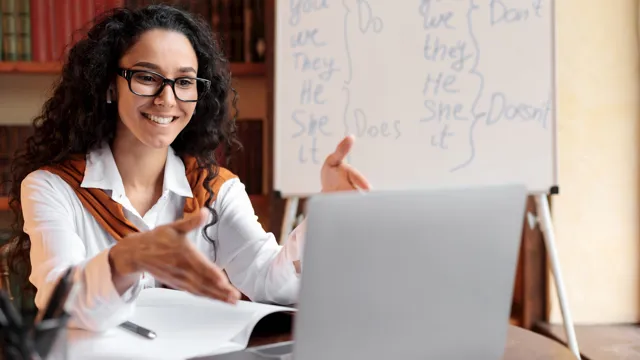Virtual learning throughout the Covid-19 pandemic has been a struggle for many students, parents, and educators alike. Additionally, the technological aspect of virtual teaching has been a learning curve for teachers around the world.
But now that educators and students have become more accustomed to virtual learning, it’s possible to make the most of it by encouraging as much creativity as possible--while virtual learning persists.
So, here are some tips for educators to encourage creativity in the virtual classroom to keep students engaged. Hopefully, some extra creativity will help students (and educators) beat the virtual learning blues.
Start with virtual check-ins.
If you aren’t already doing this, try virtual check-ins with students at the beginning of every day. Students have been going through a lot since school went virtual, so a check-in before class will help them blow off some steam and help you understand where they’re coming from for the day.
Some teachers have even allowed students to scream out their frustrations before starting class. You might opt for a quick shake-it-out session or something similar to help students get ready to focus.
Check-ins will also allow your students to feel seen and heard before they start class, which will hopefully help them feel more motivated to engage with their lessons.
Switch up lessons throughout the day.
Though initial virtual lessons likely felt easier at first when sticking to one subject for a while, switching up your lessons throughout the day might help students stay on their toes, so to speak.
You can switch topics to keep their attention. Try to find ways to break up longer lessons into smaller chunks and switch back and forth between topics as you go.
Consider using your online teaching platform to help with this, perhaps using polling functions to see if students are comprehending each lesson.
Encourage students to take frequent physical and mental breaks.
As you likely already know, virtual lessons can be much more difficult to pay attention to for long periods of time. Students might have trouble interacting or staying engaged.
So, encourage students to take frequent breaks throughout the day, allowing them to stretch, go outside, take deep breaths--whatever you think your students will benefit from most.
You know your students best, so find some fun break-time activities that you can all do together, and encourage students to share how they’re feeling after each break (if you have a little bit of time).
Assign projects that take students outdoors (safely).
Another way to encourage students’ creativity is to assign projects that take students outdoors.
(Of course, simultaneously encourage students to follow all safety guidelines like maintaining social distancing and wearing face coverings.)
You can find ways to take various lesson plans outside, perhaps by asking students to observe their environment or complete a craft that includes elements in nature.
Students will appreciate the chance to get out of their homes and virtual learning environments, and you might enjoy the different results you get as well!
Break students up into discussion groups.
Students tend to get more creative when they can take ownership of their learning and collaborate with each other.
So, break students up into discussion groups or partners as often as you can, both during lessons and during breaks.
Allow students to share with each other not only how they’re doing but what they think of the learning material. Encourage students to work together as much as possible.
If students have fewer people in a virtual room with them, they will need to take on more of a leadership role and engage more in the material they’re learning.
Find ways to gamify lessons.
One benefit of virtual learning is the ability to utilize technology to make learning feel like a game. Anytime you can gamify the lessons you’re teaching, you will be able to engage students in creativity that they usually appreciate and understand.
Utilize the technology you have at your fingertips and find ways for students to make a game out of their learning. Perhaps you create a checklist of concepts and have students complete the checklist as they learn.
If you have access to games that students can do alongside the material you’re teaching them, all the better. You will get a break, and they will have fun playing a game that seems like fun but is actually educational.
Enjoy your own creativity.
If you enjoy creating content, consider sharing some of your lessons on a YouTube channel or other educational social media site. That way, your students can re-watch lessons for extra understanding, and you can have some fun teaching your lessons in a creative way without any students to attend to!
Plan virtual show-and-tell sessions.
Finally, consider planning virtual show-and-tell sessions for your students. They can share their backyards, fun collections at home, or even their creative pursuits like poetry or art.
Students will feel more included when they can share with each other, and the class will feel like a more connected community, hopefully bringing back feelings reminiscent of in-person classes.
______
Educators are some of the most creative people on the planet! So you know more than anyone how to make your classrooms more creative.
But, hopefully these tips give you a little bit of inspiration to get your students excited about the virtual school year until you can meet up in person safely again!
